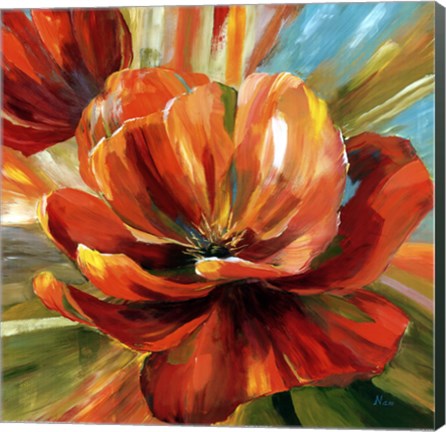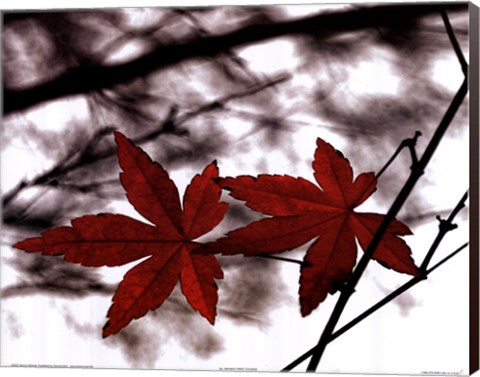Is a canvas finish always the best option for art? No. When choosing the finish for art, there are a number of important aesthetic factors to consider, including colors, details, and style.

Colors
Think about the texture of a canvas. It has fine grooves that seem to disappear at a certain distance, yet are very noticeable up-close. The distance point of this seemingly disappearance is largely related to the amount of colors in a given art work.
When art works have chunks of clearly defined colors, the texture of canvas stops leaving an impression on the eyes at a short distance. In other words, the bolder the colors, the less the canvas texture stands out. Even though some of the most amazing artworks in history were created on canvas, the recreations of these artworks often look much better when printed on high quality art paper.
Renaissance, neoclassical, and romanticism in particular have exorbitant amounts of gradient colors that blend into one another. These blended colors become muted and far less noticeable when the texture of canvas comes into play, which creates a blurred rather than a detailed image.
Details
Artworks with bold or simple colors and crisp details work best on canvas. Pop Art, vintage art, and photography are great examples of art that looks amazing on canvas. The bold colors and simple shapes of pop art are not lost in the texture of canvas. Similarly, the crisp details and colors of vintage art also look great on canvas, since the details are not at risk of being blurred or obscured by the texture of canvas.

Photography also looks great on canvas because the crisp, almost perfect, details of reality are captured through the lens. When photographs are then transferred to canvas, it creates the less than perfect perception of reality that actually occurs with human vision, instead of the view of the objective lens.
Style
The colors and details of art certainly relate to style of art, but there are many artworks that are less defined by genre or artistic movement and more defined by the individual style of the artist.
Word art, for example, may or may not look best on canvas, depending on the colors, as well as the style. Curvy font, subtle shifts in color, and scroll-work would not be well-suited for canvas, while block font, bold colors, and a clean background would be well-suited for canvas.
Keep these elements in mind when choosing the medium to showcase art, and feel free to contact us about any questions you may have!

